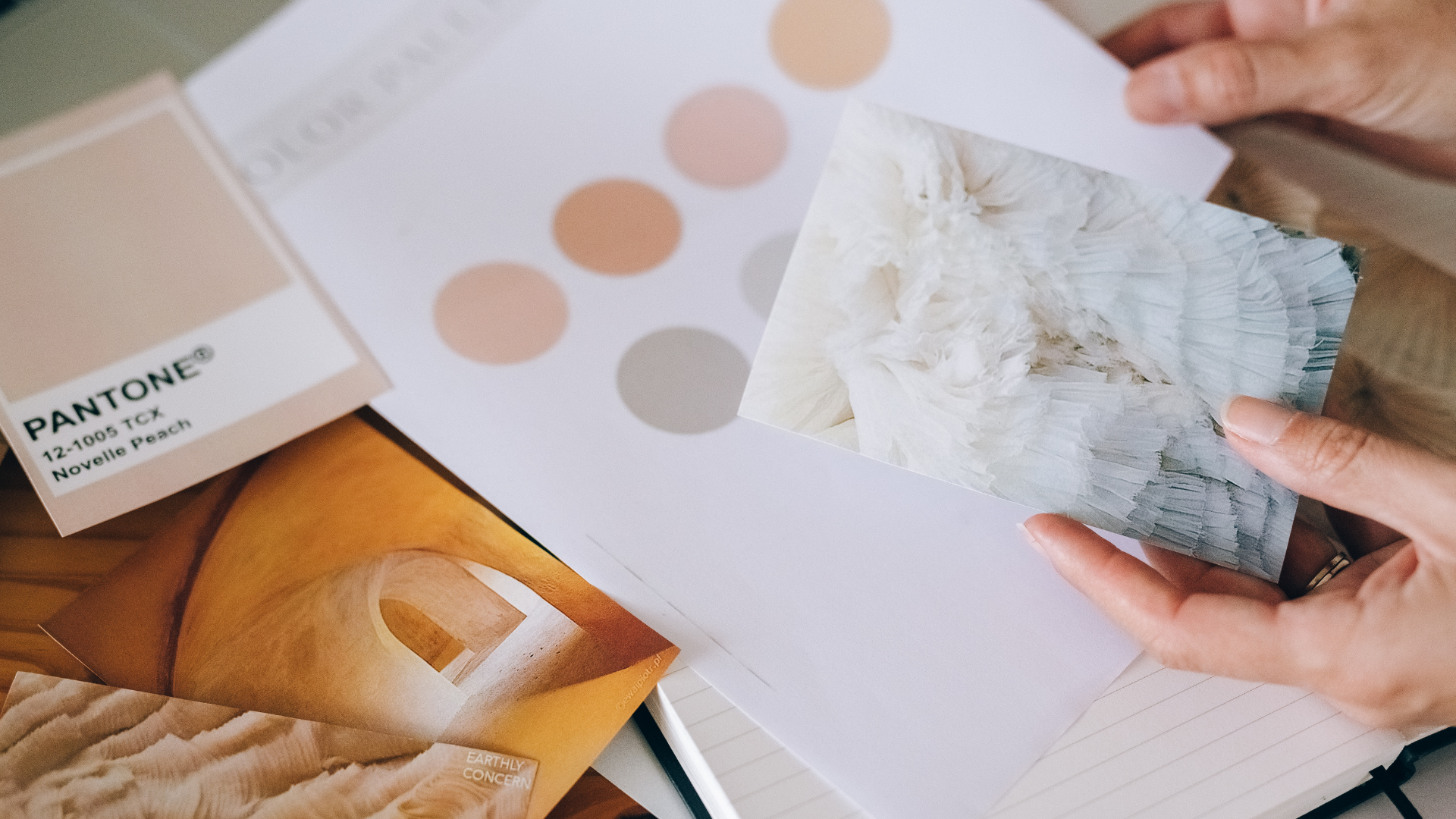
FAQ About Mood Board

How do mood boards help designers in the creative process?
Mood boards help designers in the creative process in several ways:
Inspiration: Mood boards provide inspiration by helping designers to visualize the style, tone, and aesthetic of a project. They can be a starting point for generating new ideas and exploring different possibilities.
Direction: Mood boards help to establish a clear direction for a project by defining the visual language and mood. They can also help to identify what doesn't work, which can save time and effort in the long run.
Collaboration: Mood boards can be used to collaborate with other members of a design team, stakeholders, or clients. They provide a visual reference that everyone can refer to and ensure everyone is on the same page.
Feedback: Mood boards can be used to get feedback on a design direction early in the process. They can help to identify any potential issues or misunderstandings before they become bigger problems.
Efficiency: Mood boards can help to streamline the design process by providing a clear direction and minimizing unnecessary revisions. They can help to save time and effort by establishing a shared vision for the project.
